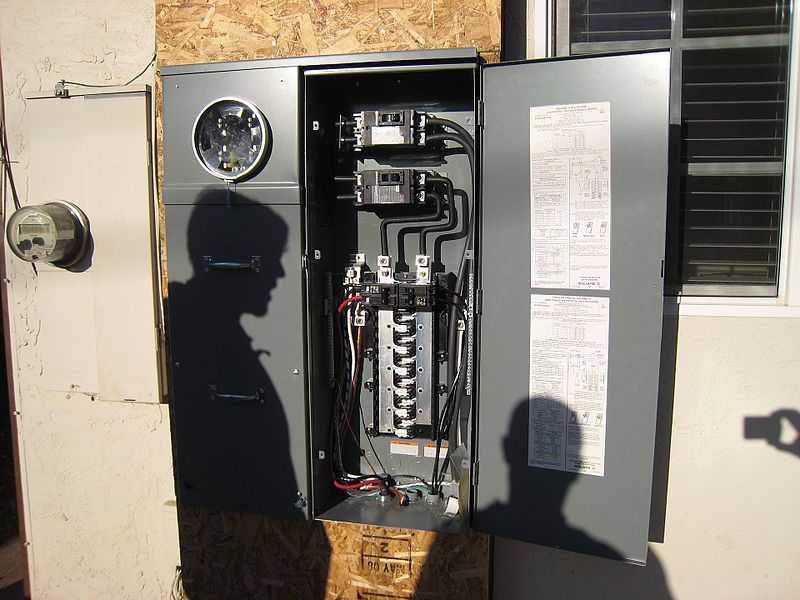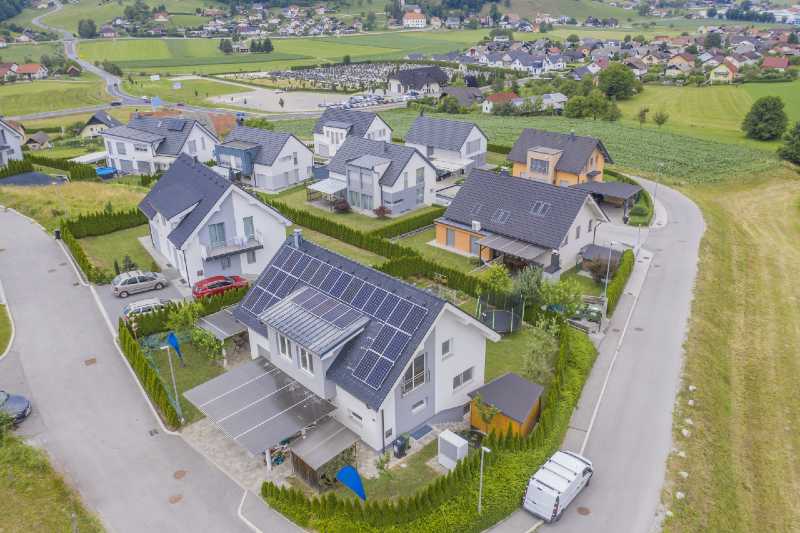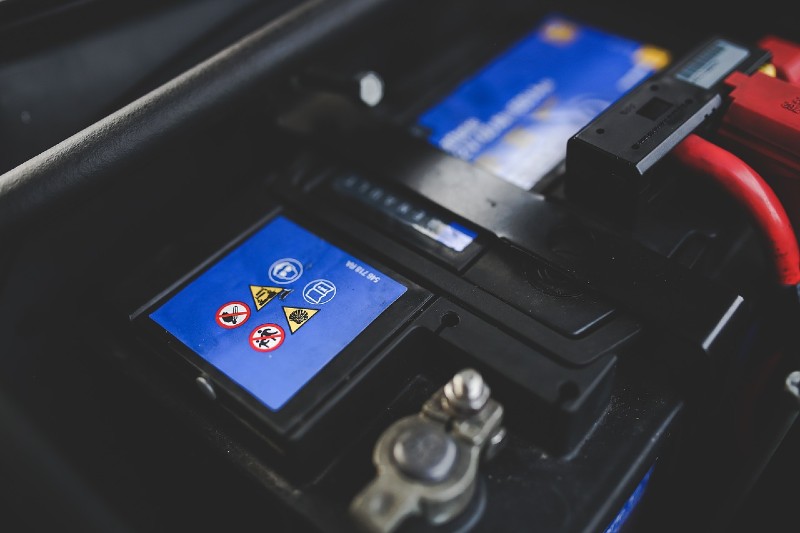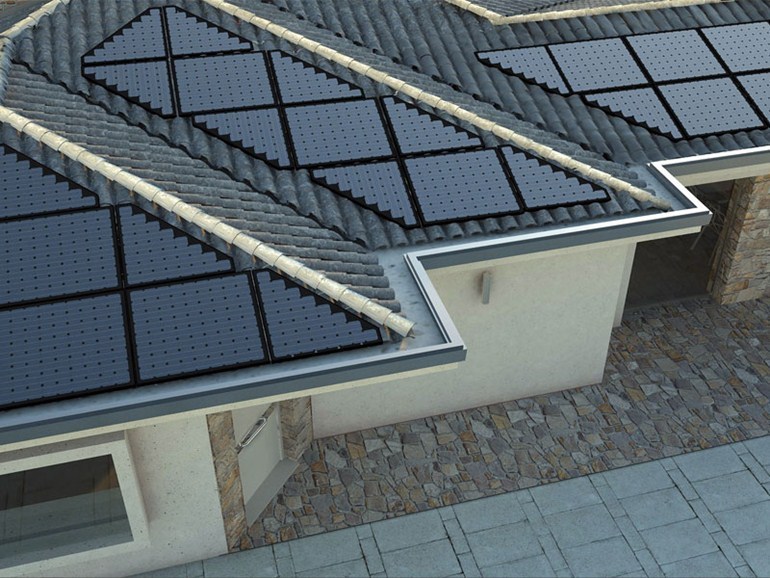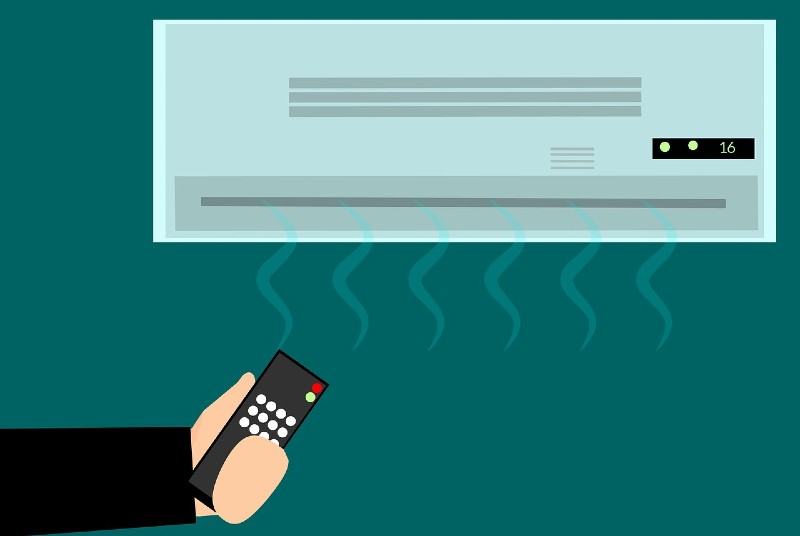From the discovery of fire to modern heating systems, humanity’s quest for warmth has been relentless.
The latest milestone?
Solar-assisted heat pumps, where ancient sunlight meets modern technology to heat our homes.
In this guide, I’ll walk you through the nuts and bolts of how these innovative systems tap into solar power to enhance heating efficiency, even when the sun isn’t shining.
So, without further ado, let’s dive into the intricacies of solar-assisted heat pumps, and explore their components, and their working principle.
Key Takeaways
- A solar-assisted heat pump is a hybrid system that combines a heat pump with solar collectors to collect energy from the sun
- SAHPs include several key components such as solar collectors, an evaporator, a thermal exchange valve, a compressor, and a storage heat-exchanging tank
- SAHP efficiency is determined by its coefficient of performance (COP), with a higher COP indicating a more efficient system, ideally above 3 for optimal energy usage
- Solar-assisted heat pumps cost between $2,500 and $6,000 depending on the type and size of the system
What Is a Solar-Assisted Heat Pump?
A solar-assisted heat pump, or SAHP, is a hybrid heating system that brings together a heat pump and a solar collector.
First, the solar collector captures the sun’s heat and passes it on to the heat pump.
Then, this heat pump uses the collected solar energy to efficiently warm your home or business, outperforming traditional heating systems.
Similar to how solar hot water systems function, SAHPs harness the sun’s energy.
What sets them apart is their ability to also work on cloudy days or at night by drawing heat from the surrounding air, ensuring you stay warm whenever you need it.
How Does a Solar-Assisted Heat Pump Work?
SAHPs can be configured in many different ways, but they mainly include 5 components:
1. Solar Collector
Of course, you know PV solar panels that absorb the sunlight and convert it into electricity.
Well, we have another type of solar panel, known as the thermal panel.
It works similarly to the PV solar panel except it collects heat, not electricity.
When sunlight hits the thermal panels, they absorb the heat through their absorber plates.
The generated heat is then transferred to a refrigerant fluid that absorbs the heat and circulates it back to the heat pump.
There are many types of solar collectors used in SAHPs, including:
- Flat Plate Collectors: They contain large flat absorber plates that transfer heat to the refrigerant fluid within the solar collector. They are super efficient when the sun is at its peak, so they’re perfect for warm climates.
- Evacuated Tubes: They are composed of several rows of parallel tubes with a refrigerant fluid inside. The heat is absorbed by the tubes, resulting in a high-efficiency rate even when the sun is low. They are also prone to overheating, so they’re best used in cooler climates.
- PV-T or Hybrid: This is a combination of a PV solar panel and a thermal collector. When the PV panel absorbs sunlight, it only converts light into electricity. The excess heat is transferred to the thermal panels, which then transfer it to the refrigerant fluid.
- Thermodynamic Collector: This type of solar collector depends on collecting heat from both the sun and the ambient air. They heat the refrigerant fluid as it passes through the collector and then transfer it to the heat pump
2. Evaporator
After the solar collectors heat the refrigerant fluid, the evaporator then converts the liquid refrigerant into a gas.
This process is called “evaporation” and it requires energy, which comes from the heat created by the solar collectors.
In direct expansion systems, the absorber in the collector acts as the evaporator, so the gas is transferred directly to the compressor.
In indirect expansion systems, there is a closed loop between the collector and the evaporator.
The gas is pumped from the solar collector to the evaporator, which then transfers it to the compressor.
3. Thermal Exchange Valve
The thermal exchange valve controls how much refrigerant moves from the evaporator to the compressor.
It’s like a traffic cop, making sure everything runs smoothly and keeping the system from working too hard.
If the solar collectors make too much heat, the valve steps in and shuts off the flow to the compressor.
This way, it stops the system from getting damaged and avoids wasting energy.
It’s all about keeping your heat pump working just right, without any extra strain.
4. Compressor
The compressor’s job is to compress the low-pressure gas from the evaporator into a high-pressure gas.
This squeezing action packs the heat into the gas, helping the heat pump’s condenser capture and hold onto the heat better.
To do this, the compressor needs power, which can come from regular electricity or solar panels.
I’d recommend using the PV-T solar collectors we discussed earlier.
They not only help produce the electricity needed to run the compressor but also provide the heat for your SAHP, making everything work together efficiently.
5. Storage Heat Exchanging Tank
The pressurized gas from the compressor moves next into the condenser, where it releases its heat.
This heat is then transferred to a water storage tank, effectively warming up the water.
Now, this heated water is all set to help heat your pool, utilizing the solar energy that’s been collected.
After the heat is transferred, the gas, now cooler, passes through an expansion valve.
This valve reduces the gas’s pressure and temperature, turning it back into a liquid.
This liquid is then ready to cycle through the system again, starting with the evaporator, to continue the heating process.
What Are the Benefits of a Solar-Assisted Heat Pump?
The benefits of a solar-assisted heat pump are many and varied, helping you save money and protect the environment.
Some of these include:
- Cost-Effective: Solar-assisted heat pumps don’t need oil or fuel to run, so they are much cheaper to operate than traditional heating systems
- Environmentally Friendly: SAHPs generate nearly zero emissions and don’t contribute to global warming or air pollution
- Reliability and Low-Maintenance: They have fewer moving parts than other heating systems, so they are more reliable and require less maintenance
- Consistent Heat: SAHPs can generate heat consistently even on cloudy days and during the night. They collect heat from the ambient air, which is usually available even when there’s no direct sunlight
How to Evaluate the Efficiency of Solar-Assisted Heat Pumps?
To evaluate the efficiency of solar-assisted heat pumps, look at their coefficient of performance, or COP.
This number tells you how much heat the pump gives compared to the energy it uses, counting both electricity and solar heat.
A higher COP means the pump is doing a great job turning energy into heat, while a lower COP means it’s not as efficient and might be wasting energy.
To get your money’s worth and save on energy, choose a pump with a COP of 3 or more.
This way, you know you’re using energy efficiently.
How Much Does a Solar-Assisted Heat Pump Cost?
A solar-assisted heat pump costs anywhere from $2,000 to $6,000 depending on the size and type of system you choose.
If you decide to install PV-T solar collectors to generate electricity for your SAHP, then the cost will be higher.
At the same time, solar-assisted heat pumps working on thermodynamic collectors are more affordable and still high level of efficiency.
Is a Solar-Assisted Heat Pump Right for Me?
You can decide whether a solar-assisted heat pump is the right choice for you by taking into account several factors.
First, consider your energy needs and how much of it can be generated by a SAHP.
For example, if you want to heat your entire home, then an SAHP may not be the best option, as it can only provide a limited amount of energy.
Next, think if you have enough area to install the necessary solar collectors.
You need to have enough room for solar collectors on a roof or in a yard to make the most of your SAHP.
The other components also need suitable space to be installed, so it’s important to plan and determine if you have enough room.
Finally, think about the costs of a solar-assisted heat pump.
If you have the budget and the space, then an SAHP is worth considering.
But if you’re on a budget or are looking for something less costly, then you may want to consider other heating options.
FAQs
Can I Run a Heat Pump With Solar Power?
You can power a heat pump with solar energy. However, the amount of energy produced will depend on the size of your solar panels and how much sunlight is available.
How Many Solar Panels Does It Take to Run a 1-Hp Pump?
It takes about six 200-watt solar panels to run a 1 hp pump. But this will still depend on the size of the pump, how much sunlight is available, and other factors.
How Many Solar Panels to Run a Heat Pump?
You need 8-23 solar panels to run a heat pump, depending on the size of the unit and other factors.
Conclusion
As promised, we’ve explored the basics of solar-assisted heat pumps and how they can be an effective and efficient option for your home.
Now, if you’re seeking advice, here’s a tip: Consider integrating a smart thermostat with your solar-assisted heat pump.
This combination allows you to optimize your heating settings based on your schedule and preferences, ensuring maximum comfort while minimizing energy consumption.
I hope this article has helped.
If you still have questions, feel free to leave them in the comments section below.

